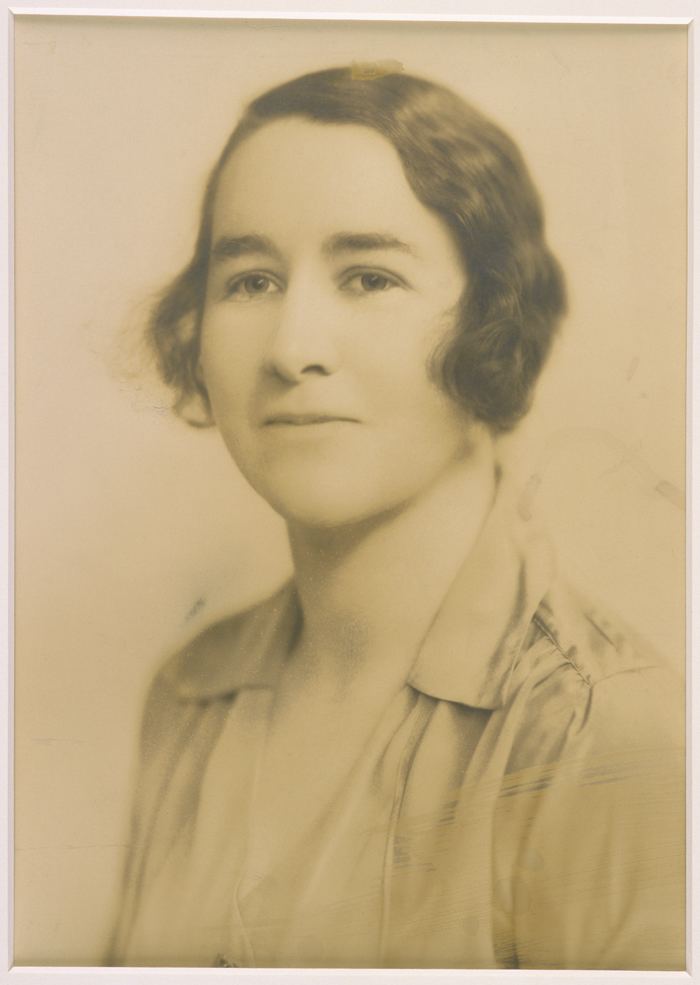Name Jean Macnamara Role Scientist | ||
 | ||
Died October 13, 1968, Melbourne, Australia | ||
Dame Annie Jean Macnamara, DBE (1 April 1899 – 13 October 1968) was an Australian medical doctor and scientist, best known for her contributions to children's health and welfare.
Contents
Early life
Annie Jean Macnamara was born on 1 April 1899 to John and Annie Macnamara in Beechworth, Victoria. Her family moved to Melbourne when she was seven and she attended Spring Road State School. She received a scholarship to study at the Presbyterian Ladies' College. She entered the University of Melbourne at age 17, she graduated M.B. and B.S. in 1922; other notable Australians who also graduated in her class included Kate Isabel Campbell, Lucy Meredith Bryce, Jean Littlejohn and Frank Macfarlane Burnet. Following graduation she became a resident medical officer at the Royal Melbourne Hospital.
Career
In 1923 Macnamara became a resident doctor at the Royal Children's Hospital in Melbourne. Hospital authorities had at first been reluctant to employ her on the grounds that it had no toilet facilities for women doctors. During her time at the Children's Hospital there was a polio outbreak, she and Burnet demonstrated that there was more than one strain of the virus, a fact that would be important in the later development of the Salk vaccine. Between 1925 and 1931 she was consultant and medical officer responsible to the Poliomyelitis Committee of Victoria, and between 1930 and 1931 was honorary adviser on polio to official authorities in New South Wales, South Australia and Tasmania.
In 1931 she received a Rockefeller Fellowship to travel to England and United States to study orthopaedics. When she returned to Australia in 1934 she married dermatologist Joseph Ivan Connor, and they had two daughters, Joan and Merran. She conducted a successful orthopaedic work, and for this contribution was created DBE in 1935. Although she was considered the foremost Australian authority on the treatment of poliomyelitis, she continued to recommend the use of convalescent serum and splinting to immobilise limbs long after these treatments were abandoned in America.
In the 1930s she encouraged the Australian government to trial the myxoma virus to combat the Australian rabbit plague. Although trials were initially unsuccessful, she lobbied that they be continued, and when the virus became epizootic in 1951, the mosquito vector spread the virus among rabbits, causing the successful reduction of wild rabbit numbers.
Death and legacy
Jean Macnamara died at the age of 69 from cardiovascular disease in 1968. Seven other Australian medical scientists were commemorated in the issue of a set of four Australian stamps released in 1995. She appears on the 45 cent stamp with fellow University of Melbourne graduate, Frank Macfarlane Burnet.
